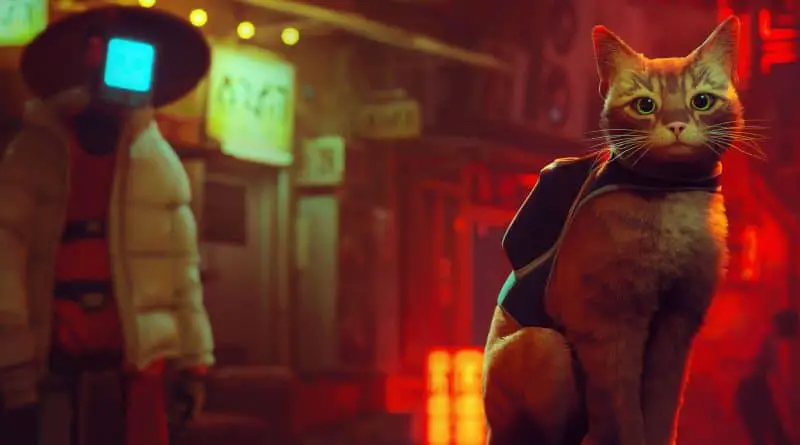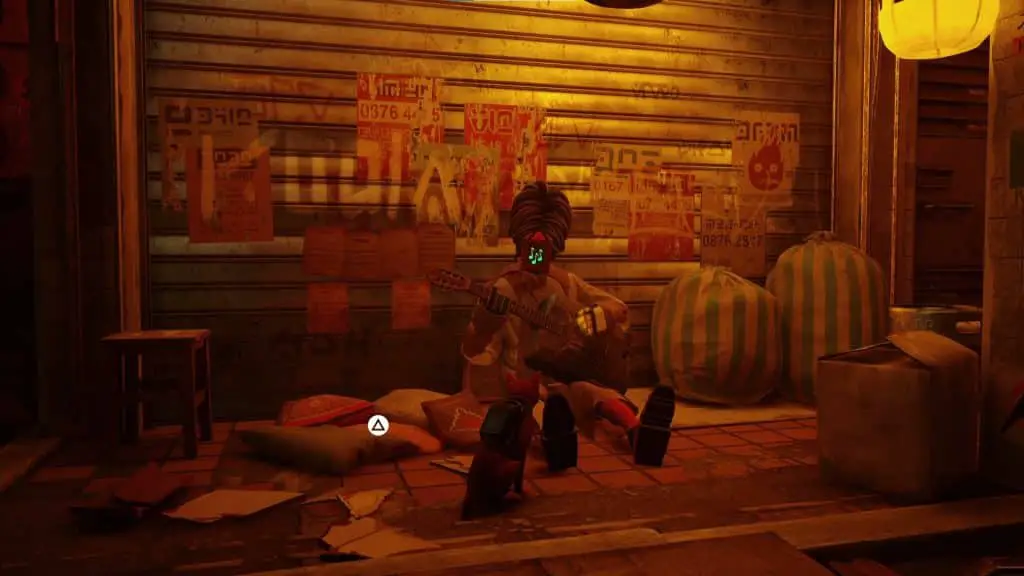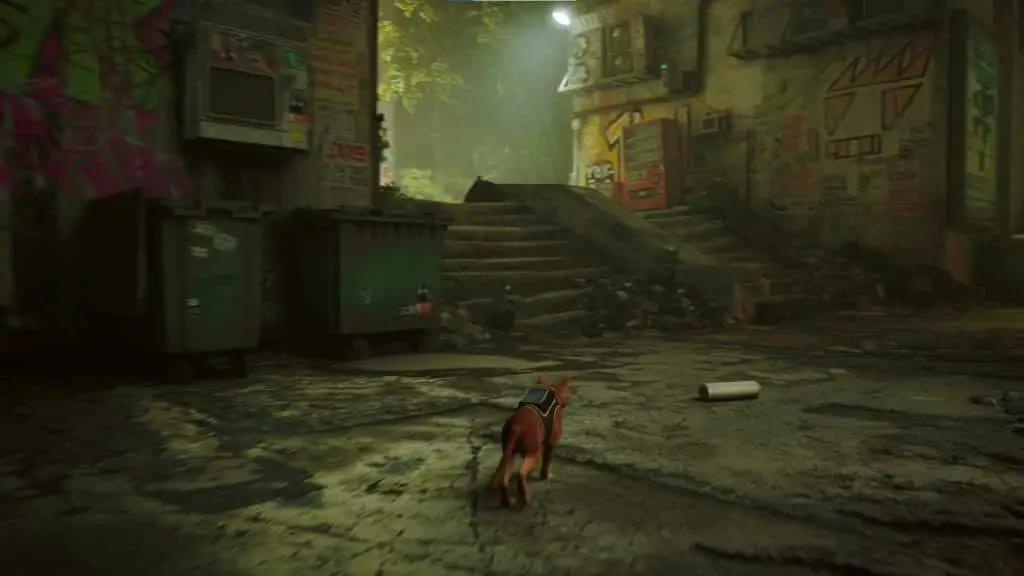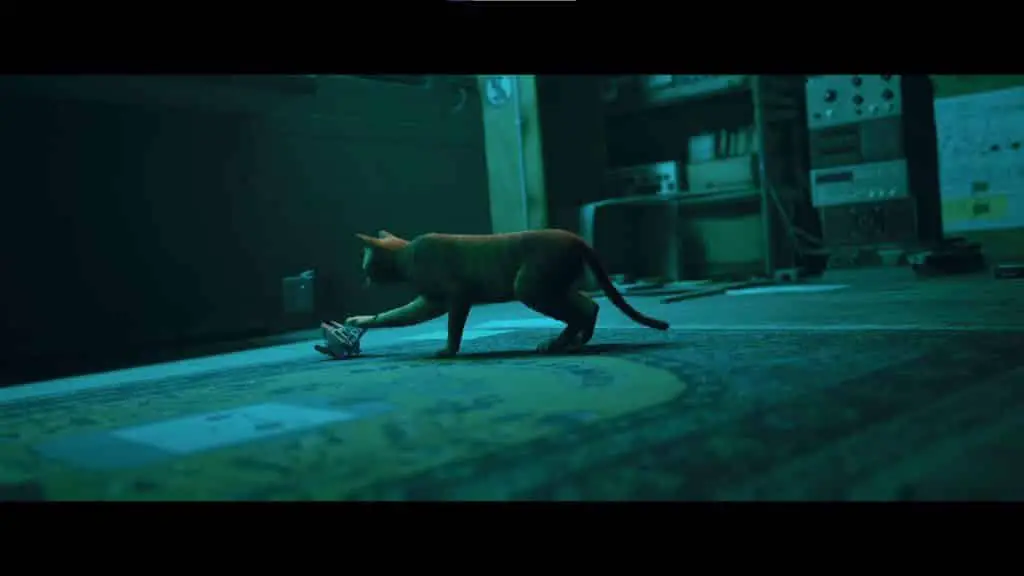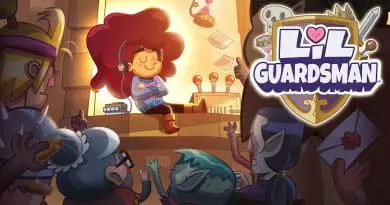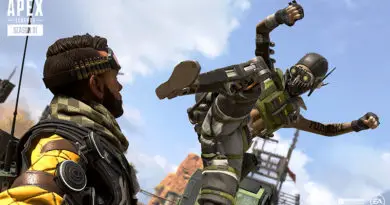Kotaku is Wrong About Stray And Here’s Why
This article contains spoilers for Stray.
On the evening of July 20, 2022, I finished editing my review for the BlueTwelve Studio-developed Stray. I then had the misfortune of coming across a Kotaku article by John Walker, plastered right at the top of one of the most popular gaming websites on the internet, full of some of the most heinously incurious and closed-minded opinions on this title from any paid journalist I have ever seen.
This is a response to that article.
I’m going to start with the title, which very well may be changed, so I’m preserving a screenshot of how it originally appeared here.

This headline is very clearly meant to attract clicks by implying that the majority of the game involves some kind of firearm, maybe even one being wielded by the cat. Having completed the game, John Walker and I are very aware that the only “shooting” in Stray is part of the game’s stealth section, wherein the cat is a fugitive from the law, and there are drones that will shoot at the cat if they are caught.
So we’re starting with what can only be an intentionally misleading title, followed by a subheadline that I would also characterize as misleading. During the game’s Slums chapter, four vending machines can be found by the player to trade their contents for optional quest items at a street vendor. You do not have to participate in this, as neither of the items traded this way is necessary for progression. The cans are not strewn throughout the world.
But having pedantically tackled the very first items seen in this article, I want to take on the rest in a broader sense.
This is a piece that tells on its own author for being ludicrously closed-minded, to the point where he seems to have completely missed out on the narrative of Stray because he spent his entire playtime being mad that it had one.
Over and over again, the author comes back to criticizing Stray for having video game elements at all, let alone ones that are clearly meant to reward the player for exploration and curiosity. He seems to insist that what this game should have been is simply a six-hour cat simulator with limited plot elements.
On a conceptual level, Stray is not a perfect cat simulator as it depicts cats meowing to communicate with each other, but even deeper than that, it’s a game about a cat controlled by a human player. Unless the cat frequently decided not to follow your movement instructions, it was already going to be heavily inaccurate to the actual experience of a cat.
But beyond that, I disagree with the author’s ideas on what would have made Stray “better.”
Essentially all of them are, fundamentally, complaints with the narrative and presentation of the game, to the point where he says he would remove the robots entirely. The story of Stray is that of the Companions, robots left behind after the death of humanity that has gained sentience in the centuries since. The city is too big and decayed and dangerous for the cat to traverse alone and make it out successfully, so on a surface level, the robots – and the drone B-12 specifically – exist to facilitate that journey.
HUGE SPOILERS AHEAD
But thematically, the Companions and the cat are linked together. The cats are still living in the ruins of humanity above ground, likely descended from felines left behind by the dying humans, just like the Companions. During the course of the story, you learn that B-12’s true identity is actually the last “living” human in the city, potentially even the whole planet, uploaded into a robot due to the failure of his body and trapped within the network of the sealed city.
B-12’s death at the end of the game as a sacrifice to open the sealed city and release the robots trapped inside is a meaningful beat that really drives home the point that this is a world moving on from humans, and keeping the last one alive is less important to this story than creating a world where the robots are free of the paradigm of systemic oppression that mankind left behind.
At the end of the game, the city is opened, and the robots can finally venture Outside. Their path is opened by B-12 and the cat, and they’re finally able to break free of our human baggage and garbage, as well as the dangerous macro-bacteria we created to clean up our mess and then allowed to mutate and fester and destroy.
END OF SPOILERS
I genuinely can’t understand what the author of the Kotaku piece thinks Stray ought to have been, or rather, why he thinks that would be better. So much of the article is spent complaining about the video game elements of Stray. His proposal seems to be that the game ought to have just been about a cat wandering through a dead city, but what he ultimately describes sounds less to me like a compelling video game and more like a six-hour tech demo (and yes, he specifies that this changed game should still be five to six hours long).
It strikes me as the writing of someone who went into Stray with extremely specific expectations (which were, by the way, already contradicted by existing promotional material long before launch) and became so upset that it was different that he totally failed to take in the story, to the point of thinking the game ought not to have had one.
Instead of making an effort to meet Stray at its level, the author crafted a piece with a deliberately phony title meant to convey his rage over not getting exactly what he wanted.
This post may contain Amazon affiliate links. As an Amazon Associate Noisy Pixel earns from qualifying purchases.
